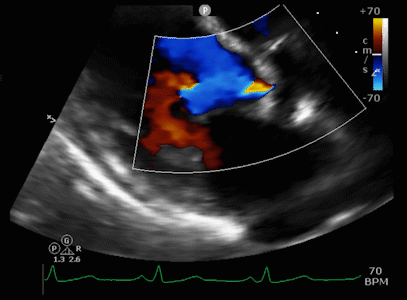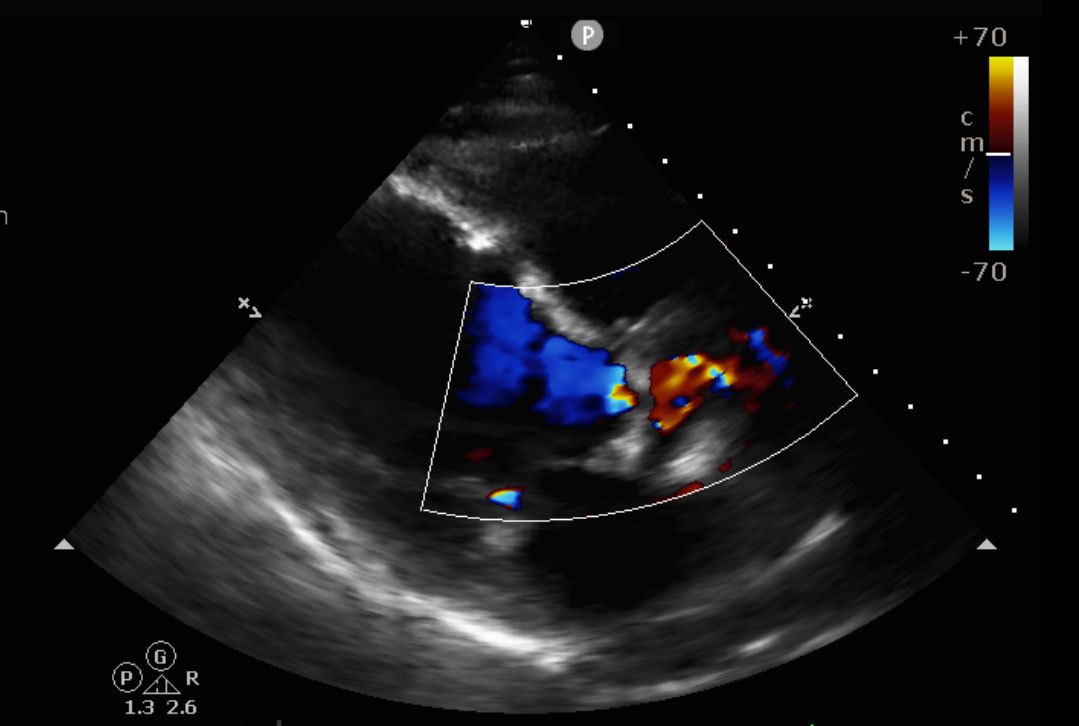Ultrasound Lab
What is an Ultrasound and Echocardiography (ECHO)?
Echocardiography uses high frequency sound waves to provide a graphic outline of the heart’s movement and function. The machine used is called an Ultrasound Machine. An ECHO shows detailed pictures of the heart valves and chambers to evaluate the overall function and pumping action of the heart. This simple office test can determine the presence of many types of heart disease and the effectiveness of medical or surgical treatments.

How is an Ultrasound performed?
You will lie on a table while a trained ultrasound technician applies a clear jelly over the desired area. A probe is used to glide over this jelly which helps in transmission of sound waves through the skin.
The probe is pressed firmly over the chest to view the heart. Sound waves produced by the heart, create an echo that can be formed into an image. These images are recorded on to a monitor to be interpreted.
Sound waves given off the blood help to assess the direction of blood flow and blood pressures in the arteries of the heart. This also detects any abnormal sounds that may be produced by the heart.
The study only lasts about 30 minutes.
This is useful in planning for your treatment and also helps in determining whether further testing is needed.
What does an Ultrasound show?
An ECHO may show signs of:
- Congenital heart defects
- Previous heart attacks
- Blood clots in the heart
- Infection of the heart valves
- May explain chest discomfort or shortness of breath
- May explain the cause on an irregular heartbeat or heart sound
- Determines the overall strength of contractions of the heart
- Pericardial effusion (fluid around the heart)
An ECHO may reveal:
- The size of the heart and the chambers of the heart
- The thickness and motion of the ventricular walls
- The movement and function of the of the heart valves
- The cardiac output (volume of blood pumped out of the heart per minute)
- The pressures within various chambers of the heart and major blood vessels in the heart
- The blood flow within the heart
- The heart function changes over time
- The presence of blood clots inside the hear

